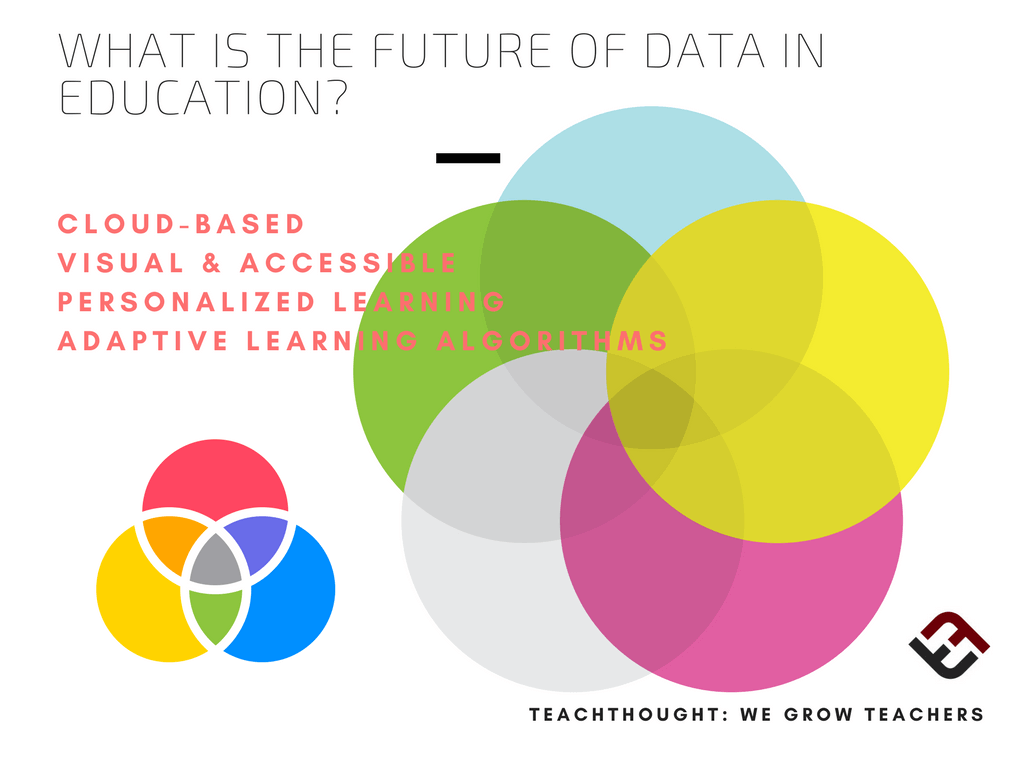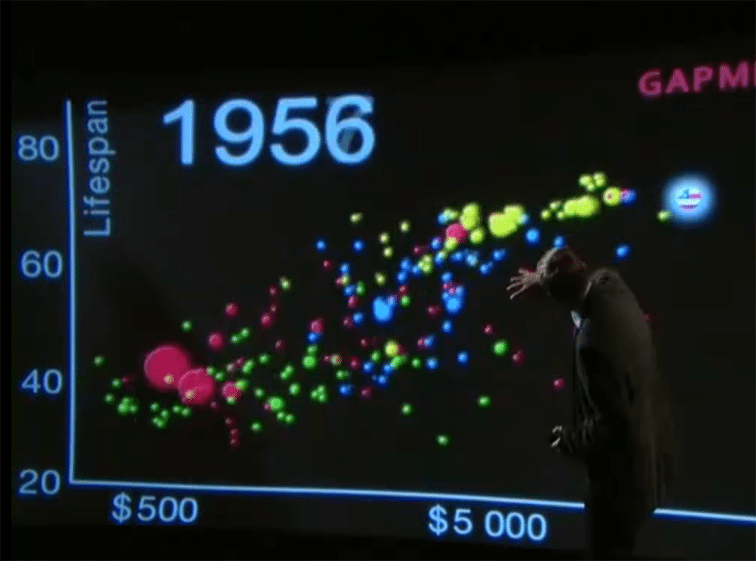
What Is The Future Of Data In Education?
by Terry Heick
Data is both a catalyst and a burden for most educators.
Data-driven instruction is an older idea that finally soaked into general K-12 education reform in the United States within the last decade, now operating as data teams and PLCs (Professional Learning Communities) in a school or district near you.
Underscoring the need for data-driven instruction, and helping educators manage the huge crush of data available to them at every turn are two different things, however. Data is only a tool, and so can improve things, or used incorrectly, make things worse.
One approach to improve how we collect, access, and integrate data in education is better data visualization. The following five videos serve as excellent examples of what’s possible with data in the hands of experts. So what’s in the pipeline for educators of the next ten years?
Hopefully, something that makes teaching easier and compelling and personalized learning more natural for students.
But how?

What Is The Future Of Data In Education?
How about a longitudinal study of student mastery of critical thinking skills from kindergarten through college? Or content knowledge or specific competencies? This would involve constantly seeking out and processing new data sources.
What about exploding circles that demonstrate the impact of specific reading strategies for a given text for every high school senior class over a period of ten years? Adaptive algorithms obviously based on constant streams of new data would be useful here.
A zoomable graph of the overlap between adaptive testing performance and place-based, project-based learning application in the community for every single student? The cloud would be necessary to make this happen, and adaptive algorithms or artificial intelligence would enable this.
Instant visuals of data to inform student grouping decisions for important projects?
Or, better yet, access to a universe of data about the ‘real world’ for students to have persistent access to–every neighborhood and nation–in every wi-fi connected, digital classroom on the planet?
Right now, the burden of data is singular–one data ‘specialist,’ one educator, one administrator. The more visual data becomes, the more accessible it is for all stakeholders, and the more comprehensively it can serve to inform what a 21st-century classroom should truly look and function like.
The future of data in education is unclear because the future of education–in form and purpose–is unclear. But no matter the changes, the future of data in education will be algorithm-driven, cloud-based, personalized, and visualized effortlessly.
Thankfully, the days of letter grades and report ‘cards’ are numbered.
Four Videos About The Future Of Data
While these videos may look like science-fiction, they are really on or near the ‘leading edge’ of data visualization techniques–which means in the not too distant future when such experts are experimenting with holography, neuroinformatics, and assessment algorithms, they’ll have passed these ‘aged’ tools down to us, and as educators, we can begin to realize their amazing potential.
The Joy of Statistics: 200 Countries, 200 Years, 4 Minutes by Hans Rosling
The Weight of Data by Jer Thorp
No More Boring Data by Hans Rosling
Global Population Growth by Hans Rosling
